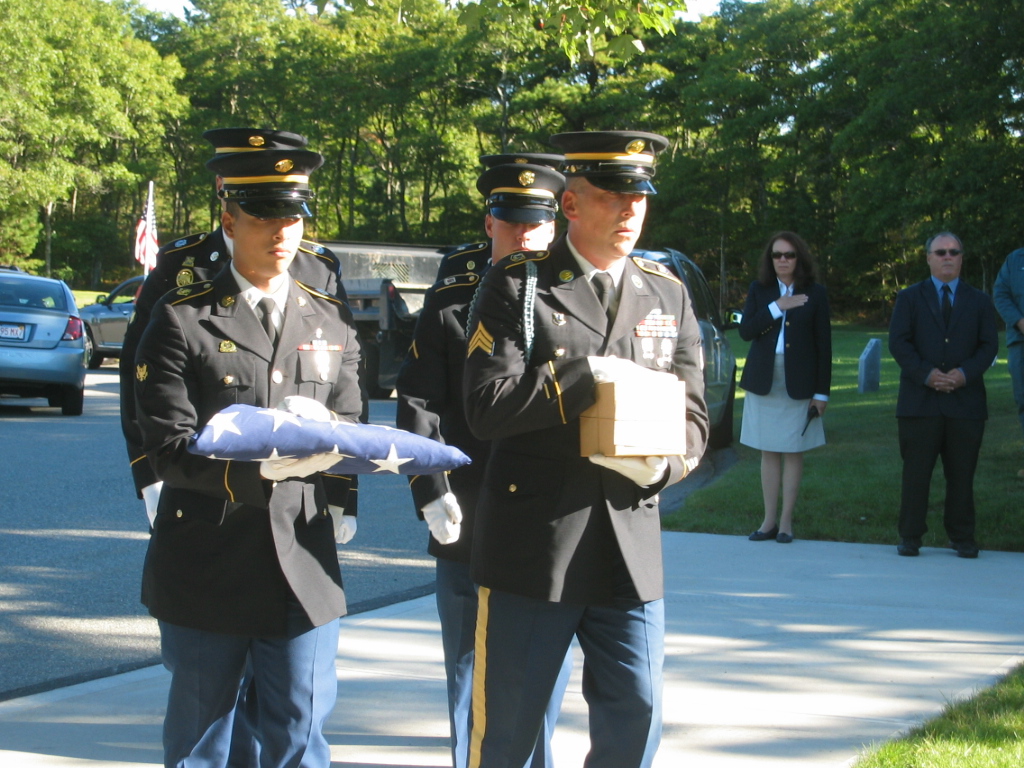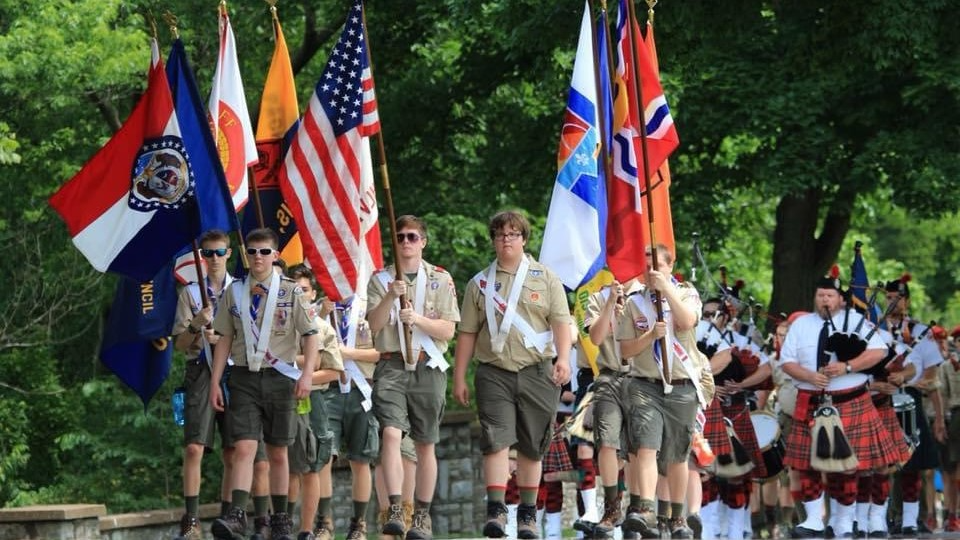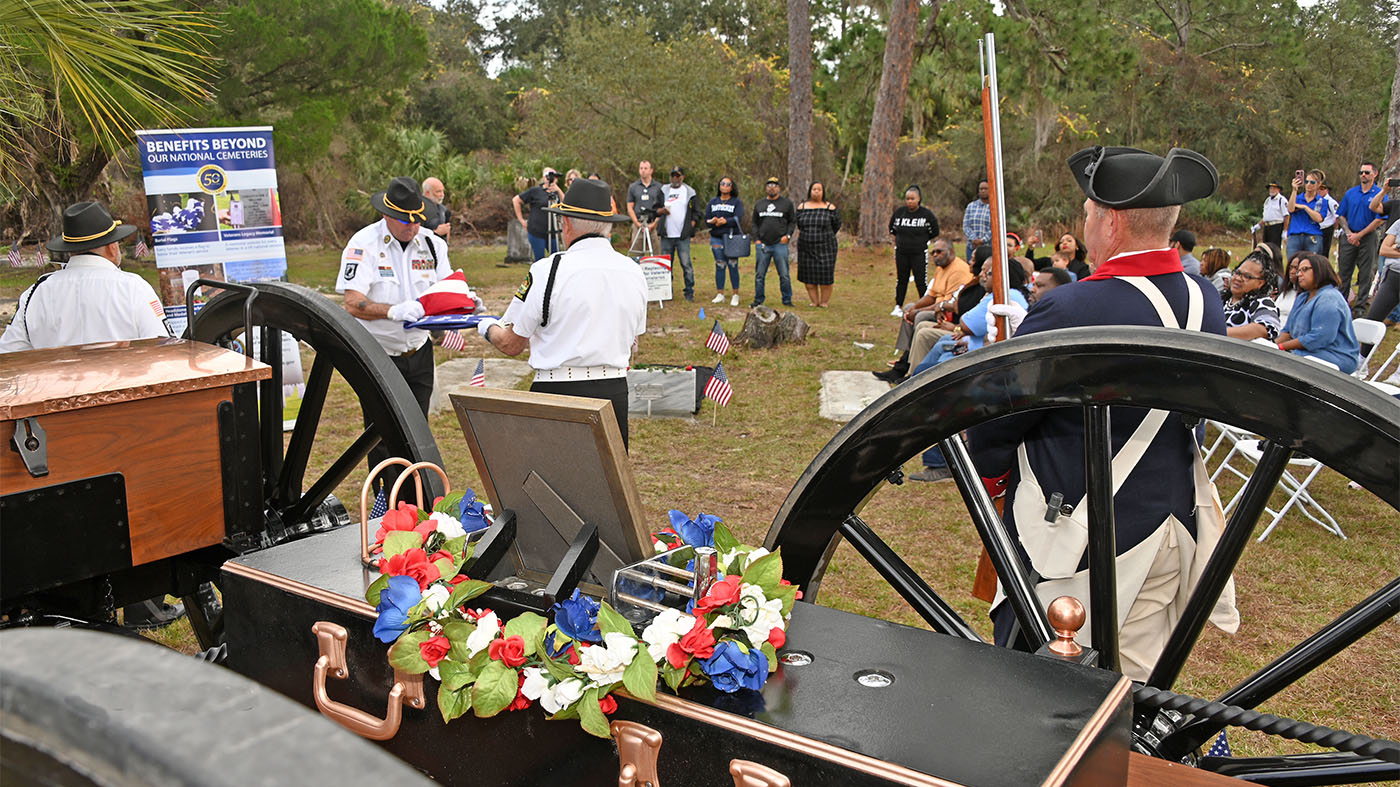The image is iconic: A uniformed officer solemnly places a folded American flag in the arms of a grieving family member while a military firing party renders final honors.
Unfortunately, however, sometimes our nation’s heroes die with no known next-of-kin and insufficient resources. While VA’s goal is to help Veterans and their loved ones before they die or become indigent, sometimes Veterans outlive both their families and their financial means.
Sometimes too, Veterans never seek the help they earned from the VA, so we don’t know they are out there. As hard as the VA works to avoid this, and as difficult as it is to accept, at least now we can help ensure that Veterans who die unclaimed are given the dignified burials they deserve.

The person or entity handling burial arrangements for an unclaimed Veteran can work with VA to schedule the burial and get reimbursement for the associated expenses. The purchase of a casket or urn, the cost of transportation to a national cemetery for burial, and a burial allowance are reimbursable in some cases for unclaimed Veterans.
The first step in ensuring a dignified burial for an Unclaimed Veteran is to establish the Veteran’s service record and burial eligibility. Once authorities identify the unclaimed person and suspect his or her Veteran status, the VA can help locate the deceased’s service record. The VA can help locate the deceased’s service records through the VA’s National Cemetery Scheduling Office (1-800-535-1117). Officials at the office will also help identify the closest VA national cemetery and schedule a burial date.
When the unclaimed Veteran is buried or inurned in a VA national cemetery, the person or entity handling the arrangements (the applicant) can be reimbursed for the purchase of the casket or urn used, provided it meets the minimum standards outlined in the Unclaimed Veteran Remains – Casket or Urn Reimbursement Program Fact Sheet.
Applicants can also request reimbursement for the transportation of the unclaimed Veteran to the closest, open VA national cemetery and request a burial allowance to help with additional costs. Information on how to apply for those benefits can be found in the Unclaimed Remains Burial Resources Fact Sheet, which includes links to the forms needed for processing, and lists options available if the unclaimed Veteran is not buried in a VA national cemetery.

If an unclaimed Veteran passes away while under the care of the Veterans Health Administration, the closest VA healthcare facility will arrange for proper burial of the Veteran. Their procedures are defined in VHA Handbook 1601B.04, Decedent Affairs, Section 8, “Unclaimed Remains.”
While the benefits discussed here apply specifically to unclaimed Veterans, almost all Veterans with an other than dishonorable discharge, as well as their spouses and minor, dependent children, are eligible for VA memorial benefits. These benefits include burial in a VA national, state or tribal Veterans’ cemetery; a headstone, marker or medallion; a U.S. Burial Flag; and a Presidential Memorial Certificate. Some Veterans are also eligible for Burial and Plot-Interment Allowances.
VA operates 131 national cemeteries, one national Veterans burial ground and 33 soldiers’ lots and monument sites in 40 states and Puerto Rico. VA also provides funding to establish, expand, improve and maintain 95 Veterans cemeteries in 45 states and territories including tribal trust lands, Guam and Saipan. For Veterans not buried in a VA national cemetery, VA provides headstones, markers or medallions to commemorate their service.
Topics in this story
More Stories
This year marked the 75th year of the 2024 Gravois Trail Memorial Day Good Turn Boy Scout flag placing at every gravesite at Jefferson Barracks National Cemetery.
NCA's Cemetery Restoration Project educates communities about private cemetery owners and the caretakers who honor and memorialize Veterans buried without headstones. The restoration project also restores these private resting places to reflect the dignity and honor these Veterans deserve for their service and sacrifice to our nation.
Rubber Tramp Rendezvous is held annually in January, and it provides an opportunity for those who live a mobile lifestyle—in vehicles such as vans, RVs, and buses—to learn more about the benefits and support available to them.







my god veterans administration how can you put that picture up here? i fallen soldier in a cardboard box wrapped with a string ?? what a disgrace the entire veterans administration is, ive screen capped this page and im going to show this to my local congressman and senator and the OIG i will also be sending a letter with a printed copy of this page to the white house. i am shocked and horrified that any of our fallen has been presented and interred in this state and that you put it on this site. i can imagine the trauma on those poor soldiers on the detail you can see the horror in their eyes.
Your credibility is shot from the beginning. There are no officers in that photo. That is an Army Specialist/E-4 holding that flag. Learn your job or continue to look like another DUMBASS that could only get a job at the VA.
The author is referring to the second photo that shows an officer handing a flag to a surviving family member. You can tell the person is an officer by the gold stripe inset with another stripe that reflects their specific branch.